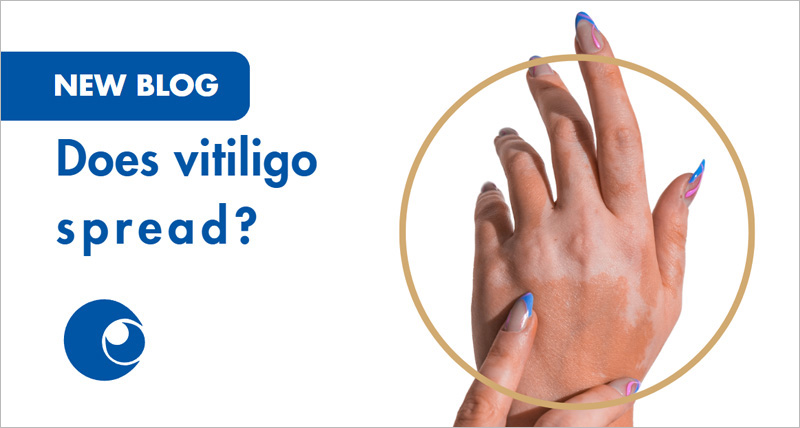Hyperhidrosis and other sweat gland disorders
HYPERHIDROSIS and other sweat gland disorders, including bromhidrosis and hidradenitis suppurativa (HS), have the potential to be deeply distressing conditions. When severe, they impair an individual’s daily activities, reduce performance and productivity in the workplace, and lead to higher rates of depression and poor personal image.
Despite the high physical and emotional impact of HS, some patients with hyperhidrosis and bromhidrosis do not seek treatment from their GP. Conversely, other patients present repeatedly until the diagnosis is made and treatment is initiated.
Hyperhidrosis is defined as the production of sweat in amounts greater than physiologically required. It is rarely a sign of significant underlying pathology. More often it is a chronic, primary, idiopathic problem. Idiopathic, primary focal hyperhidrosis is localised to certain areas of the body. The most commonly affected areas are the axillae, palms and soles.
Bromhidrosis refers to offensive body odour. It can cause significant embarrassment and social isolation and impair an individual’s quality of life.
Sudiferous (sweat) glands are divided into apocrine (underarm, breast, groin) and eccrine (entire body) glands. Bromhidrosis is thought to occur through biotransformation of odourless secretions into volatile odorous molecules.
In the axilla, Corynebacterium is the most common bacterium, which is implicated in the production of unpleasant smelling fatty acids.
Hidradenitis suppurativa is also known descriptively as acne inversa.
It is a chronic, relapsing inflammatory condition affecting the pilosebaceous unit. It most commonly affects the axillary, groin, perianal, perineal and genital skin. The inframammary skin may also be affected in some women.
Patients repeatedly present to emergency departments or their GP with a solitary painful ‘boil’. Delay in diagnosis and failure to initiate prophylactic treatment may result in the formation of sinus tracts, abscesses and scarring.
Click here to read more in the article published on 12 Aug 2016 by Dr William Cranwe and Professor Rodney Sinclair.






